Slim, rich and famous: Riviera chic through the unforgettable lens of Slim Aarons
One of the most famous photographers of the 20th century, Slim Aarons captured the post-war jet set, but his images belie a desire to document.
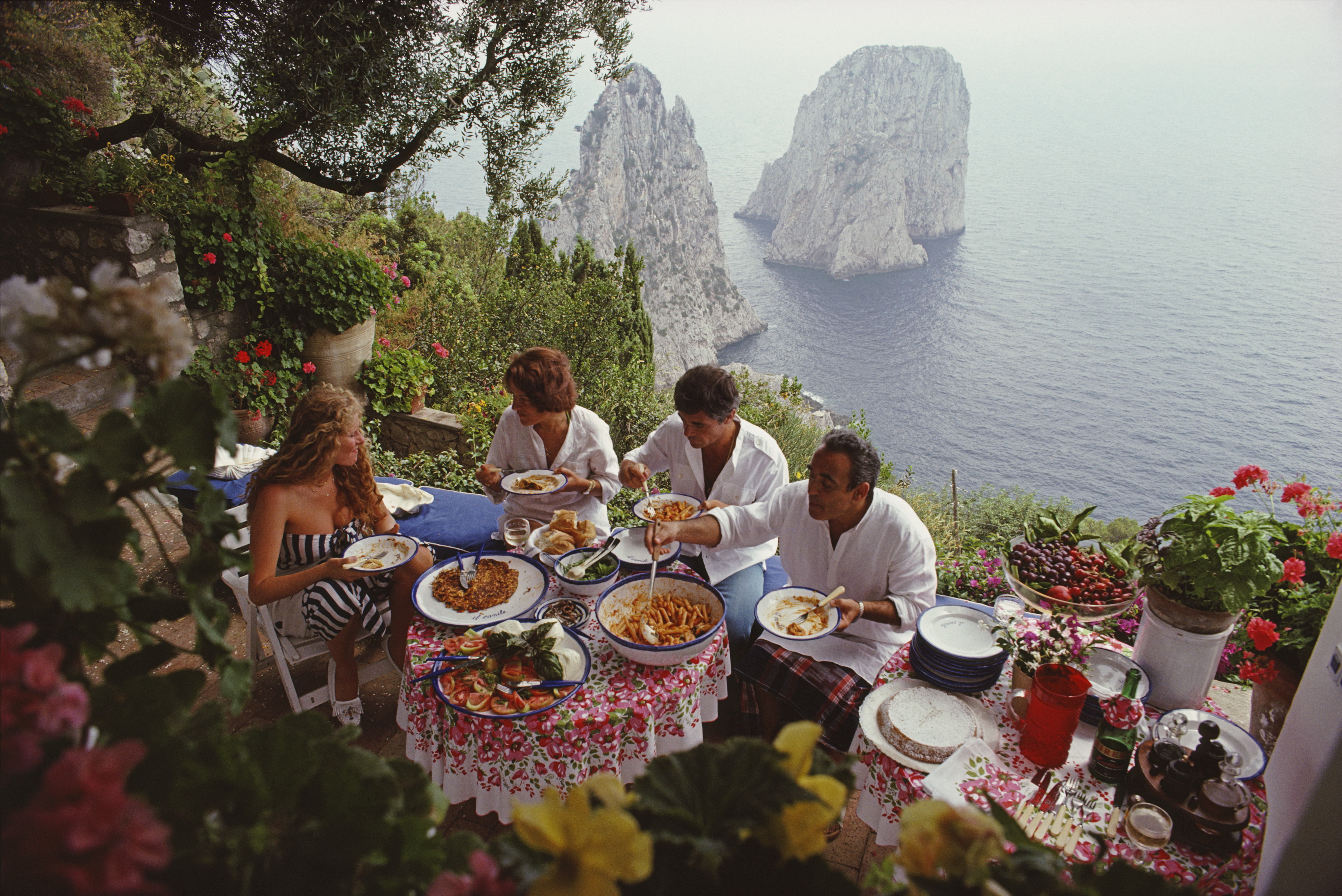

Even if you’ve never stayed at Hotel du Cap-Eden-Roc in Antibes, France, you’ve likely seen a photograph of it. One photograph in particular, taken in the height of summer in 1976. There’s a swimming pool in the foreground — blasted out of basalt rock — bronzed figures in various states of undress around it and a white, low-slung Art Deco building with rounded corners in the background. To the centre left, there’s a diving board jutting out above a French-navy ocean.
The hotel still exists — one of the most famous in the world — as does the diving board. The pool, too, albeit much updated. The photographer is sadly no longer with us. He was known as Slim Aarons. Over the course of a six-decade career, he documented, in his own words, ‘attractive people who were doing attractive things in attractive places’.
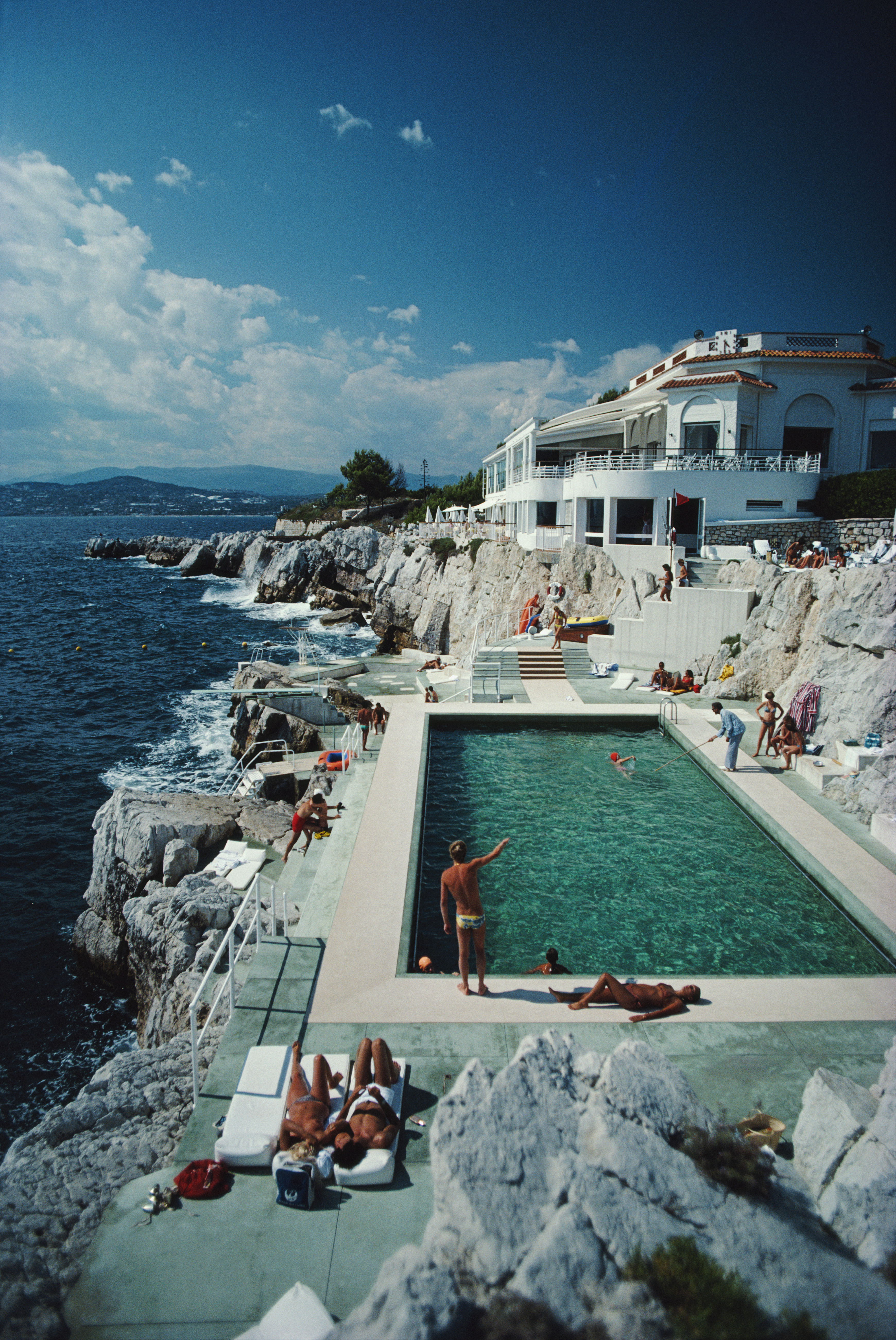
Hotel du Cap Eden-Roc, Antibes, the timeless destination that is our Travel Editor Rosie Paterson's favourite hotel in the world.
Ironically, George ‘Slim’ Aarons, would not have described himself as a jet-set photographer. Born in October 1916, on the east coast of the US, Aarons cut his professional teeth as a photojournalist in the Second World War, shooting for Stars and Stripes and Yank magazines. After the war, echoing many of his colleagues, he looked for work inside the burgeoning television and magazine industries.
‘It was an alumni association of sorts,’ says his daughter, Mary Aarons, who sometimes doubled as her father’s on-set assistant. ‘They depended on each other for referrals and LIFE magazine was huge. He shot a lot for them, which took him to Hollywood and Broadway, shooting celebrities and then that led to more.’
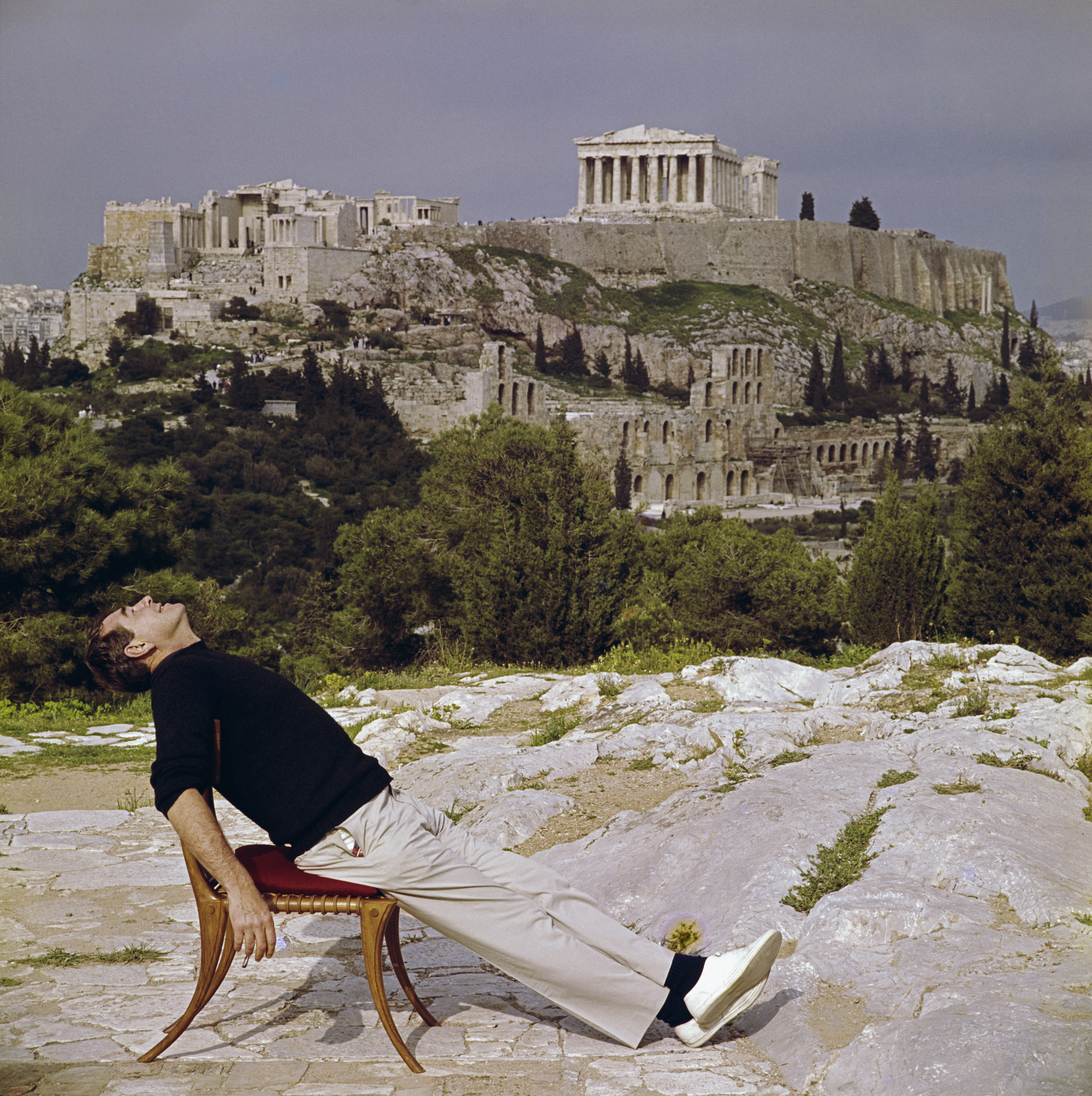
Slim Aarons slouches in a chair with the Acropolis and its surroundings as a backdrop, c.1955.
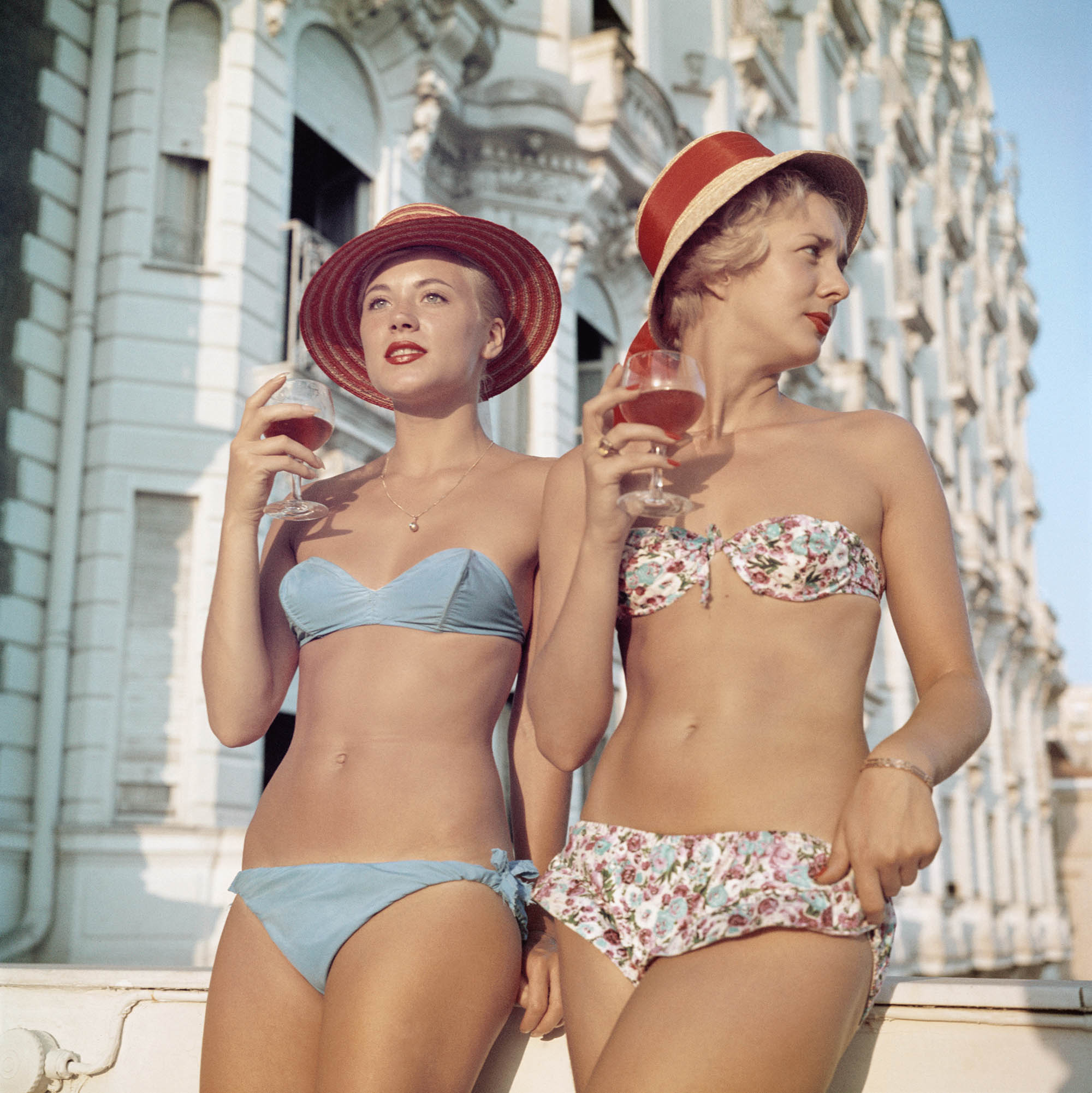
Two bikini-clad holidaymakers posing outside the Carlton Hotel in Cannes, in the south of France, 1958.
Aarons’s charm helped to propel him in the right direction. He made friends in high places, including fellow photographer Lord Snowdon and Princess Margaret, photographing the latter in Mustique. He also travelled extensively in Europe, portraying royal families and aristocrats, often in front of their family seats, as well as designers, celebrities and movers and shakers, on cliff tops, beaches and boats.
When Aarons was commissioned to photograph the House of Liechtenstein, he took his daughter with him. She recalls him refuting one of the royal woman’s attempts to put on a ballgown: ‘He said: “No, I want you to look natural.” He made me go to her bedroom with her and she undid her hair and we picked out a simple, block-print dress — he got a really nice picture.’
Not, it should be noted, without some hilarity. The family were, and still are, prolific art collectors with a particular penchant for Peter Paul Rubens. ‘They were moving their collection from one part of the castle to another,’ explains Ms Aarons, ‘so when we were shooting outside, all the Rubens were being walked past us!’
Sign up for the Country Life Newsletter
Exquisite houses, the beauty of Nature, and how to get the most from your life, straight to your inbox.
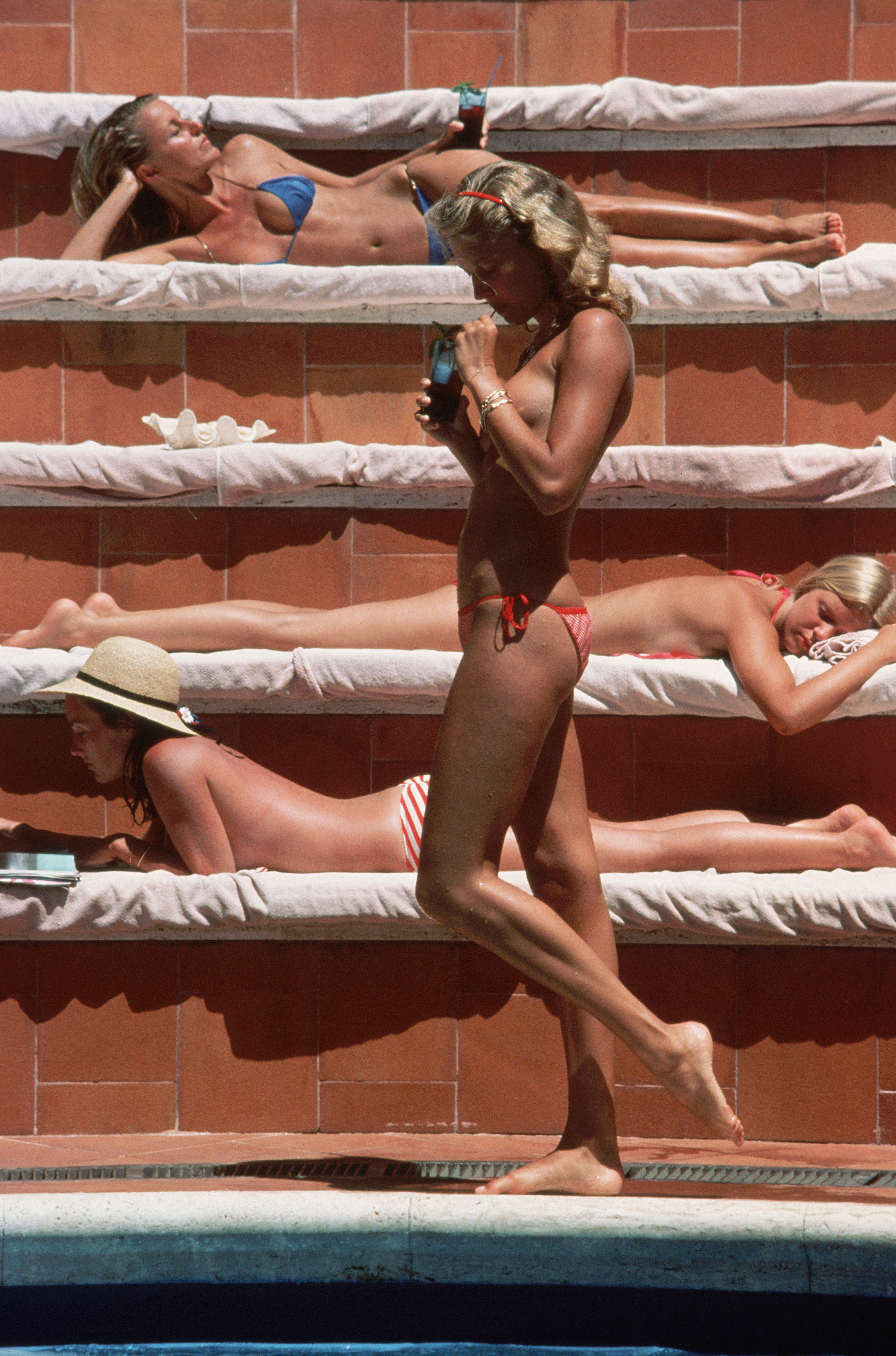
Catherine Wilke joins the topless sunbathers at the Hotel Punta Tragara on the island of Capri, Italy, 1980.
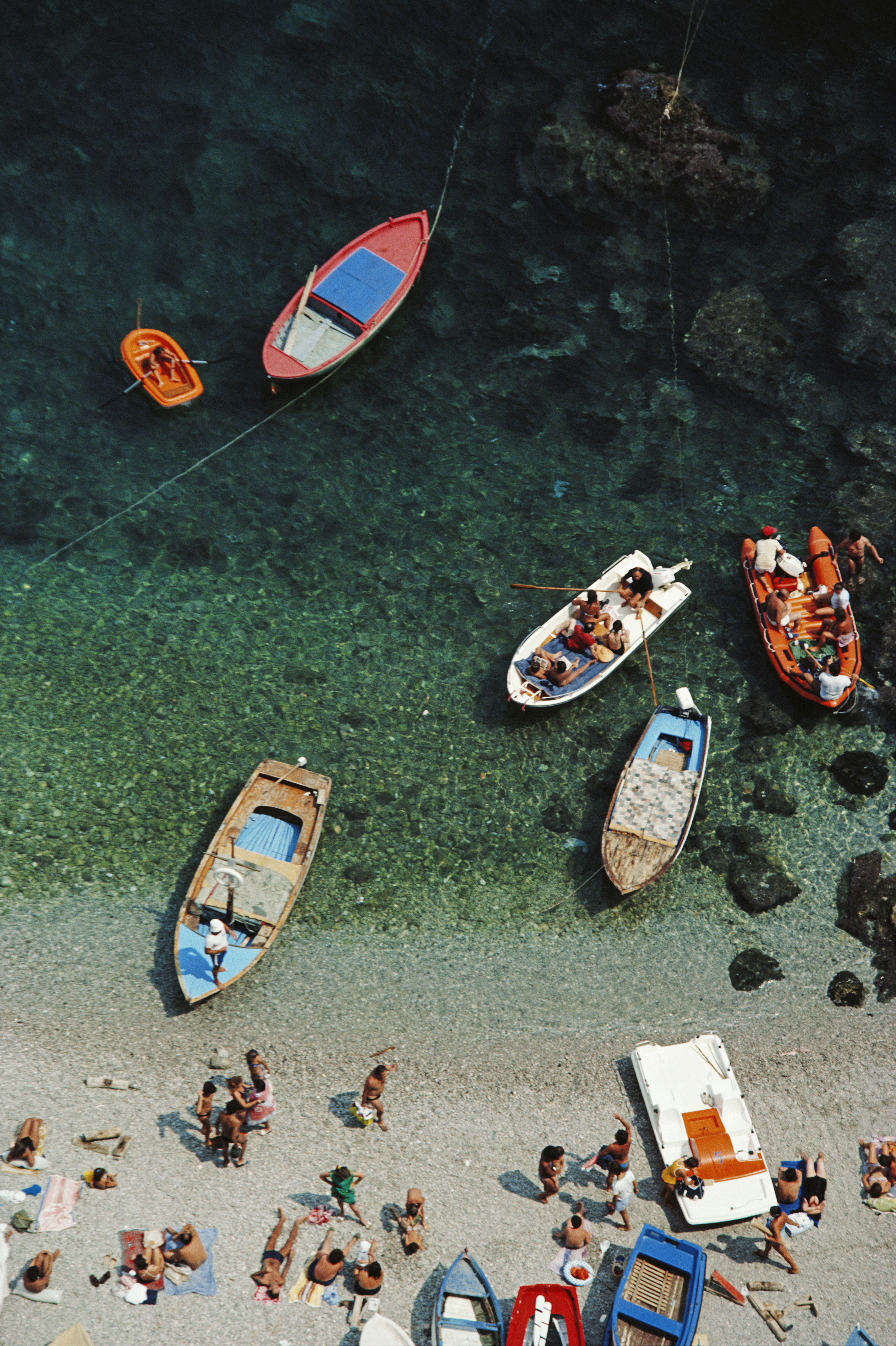
A bay in Conca dei Marini, on the Amalfi coast in Italy, August 1984.
There is an obvious dichotomy between how Aarons saw himself, and what he set out to do with his work, and how he and that same work is viewed today. ‘He was a journalist, a hardcore journalist, and he considered himself a journalist,’ says Ms Aarons. ‘His magazine spreads had big captions; the photographs told stories… they described the who and what and why.’
Nowadays, although still revered, perhaps even more so, his images — widely circulated on social media — have lost some of their context. They’ve been copied and shared and printed without their counterparts, without their captions — and thus, without their stories. To look at only one, when his entire archive totals millions (it was acquired in full by Mark Getty in the mid 1990s), is tantamount to a crime.
In the late 1950s, Aarons travelled to England, on an assignment for the British Tourist Office. He photographed, among others, Earl Mountbatten of Burma and his wife, Lady Edwina Mountbatten, and the then Duke and Duchess of Marlborough. England was still reeling from the effects of the Second World War and Government coffers were low, but, viewed through Aarons’s rose-tinted lens, the country’s historic and fashionable aristocracy centre stage, it looked enticing. Storied and well to do. Better than it actually was. Naturally, the Tourist Board made all the necessary arrangements.
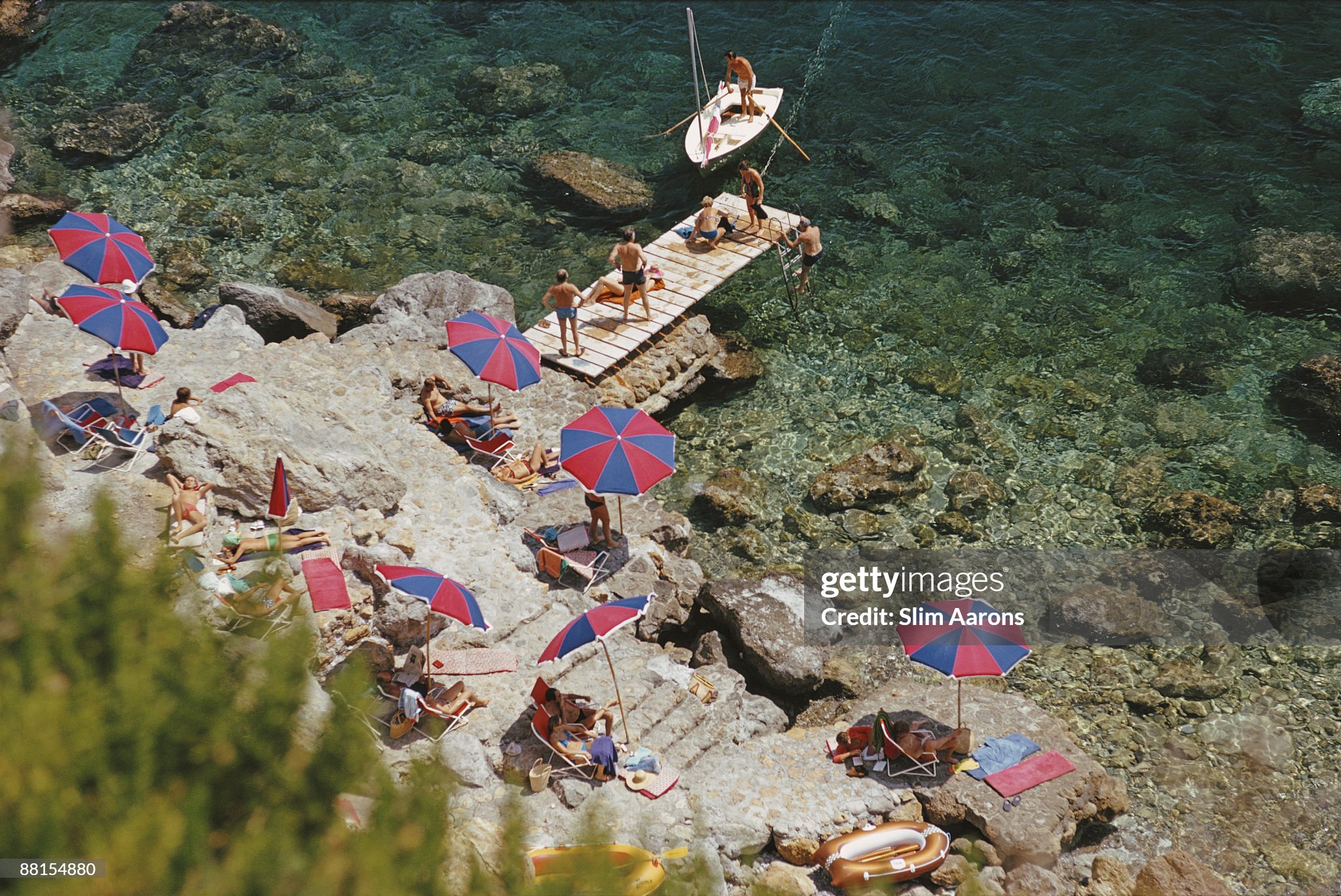
The rocky beach at Hotel Il Pellicano in Porto Ercole, Italy.
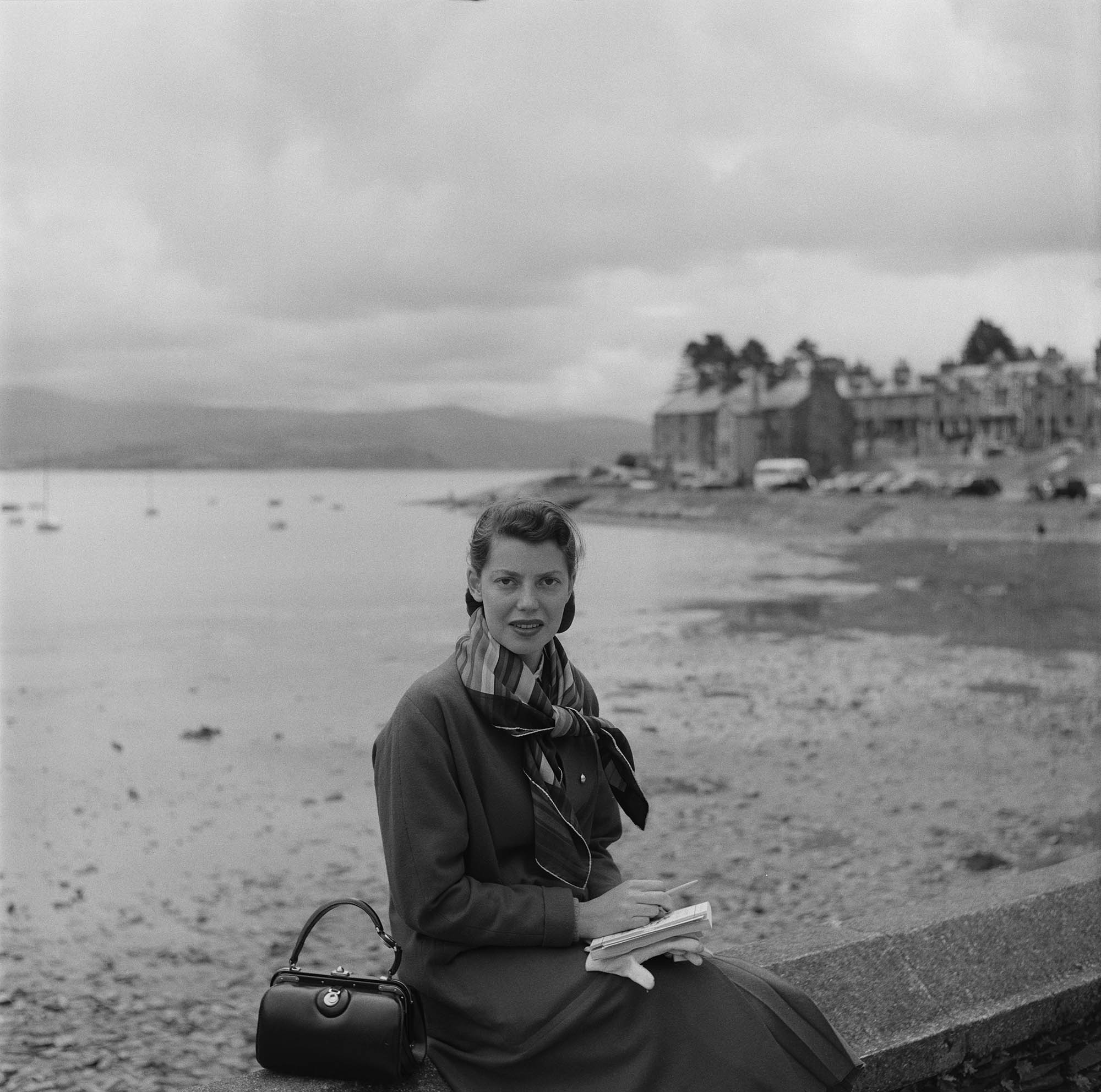
Rita Aarons, wife of photographer Slim Aarons, poses on a beach in Wales, 1957.
Aarons’s portrait of the Hon Desmond Guinness, author, co-founder of the Irish Georgian Society and part-heir to the Guinness family fortune, and his two children (with Princess Hermione Marie-Gabrielle von Urach) is perhaps the photographer’s most striking taken in the British Isles. The image is close-cropped; the trio sit shoulder to shoulder in close proximity; the bookcase visible behind them is blurred, but you’d likely never notice because Guinness, the son of Diana Mitford, had inherited the famous Mitford eyes — a pale and piercing glacial blue — and duly passed them on to his own children.
The portrait’s composition is unusual — in the majority of Aarons’s other work a beautiful landscape, manicured garden or grand house serves as a backdrop; a person, or group of people, pose in the foreground, sometimes eating, riding or snorkelling or doing any number of activities characterised by the idle rich. Sometimes, a secondary person or group of people are caught in between.
For Stuart Cantor, a fine-art photographer whose work is often compared to Aarons, it is exactly this — the composition of Aarons’s photographs — that stops him in his tracks. ‘For me, that is my “inspiration”, his photographic composition is always perfect… The other thing is, he is shooting on film, not a digital camera, so he didn’t know what photos he had taken until he got home and processed it.’
Although captured in a tumultuous era, pock-marked by civil unrest on both sides of the Atlantic, Aarons’s imagery pulls at our nostalgic heartstrings for a time that was also defined by more glamorous means of travel and living — at least for those who could afford it. Did he buy into it? Perhaps not — he once inscribed a book of his own photography to protégé Jonathan Becker with the words: ‘Dear Jonathan, Remember, it’s all bullshit. Best as always, Slim’ — but few can argue with its enduring allure.
Rosie is Country Life's Digital Content Director & Travel Editor. She joined the team in July 2014 — following a brief stint in the art world. In 2022, she edited the magazine's special Queen's Platinum Jubilee issue and coordinated Country Life's own 125 birthday celebrations. She has also been invited to judge a travel media award and chaired live discussions on the London property market, sustainability and luxury travel trends. Rosie studied Art History at university and, beyond Country Life, has written for Mr & Mrs Smith and The Gentleman's Journal, among others. The rest of the office likes to joke that she splits her time between Claridge’s, Devon and the Maldives.
-
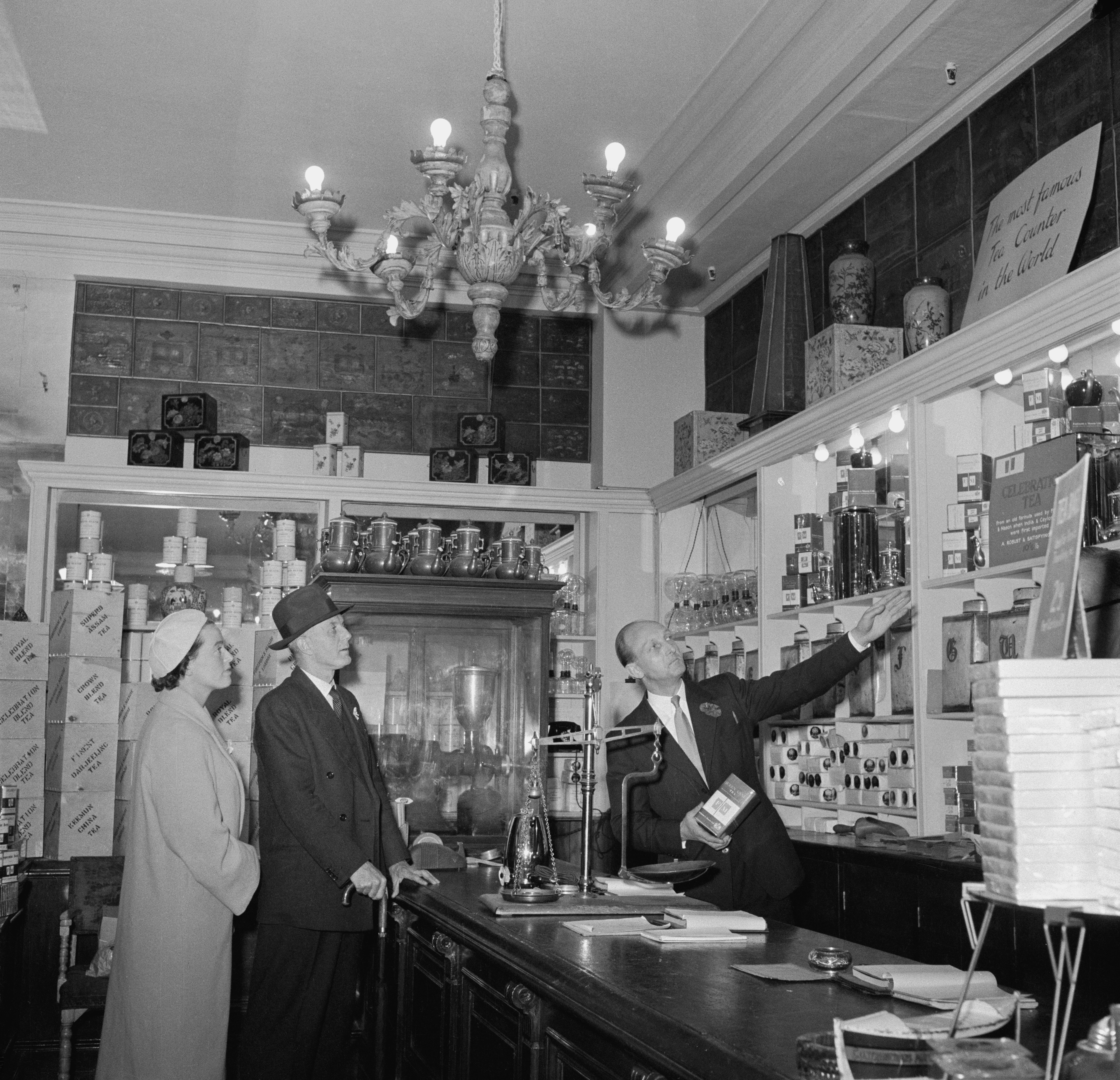 Bye bye hamper, hello hot sauce: Fortnum & Mason return to their roots with a new collection of ingredients and cookware
Bye bye hamper, hello hot sauce: Fortnum & Mason return to their roots with a new collection of ingredients and cookwareWith products sourced from around the world, the department store's new ingredients and cookware collection is making something of a splash.
-
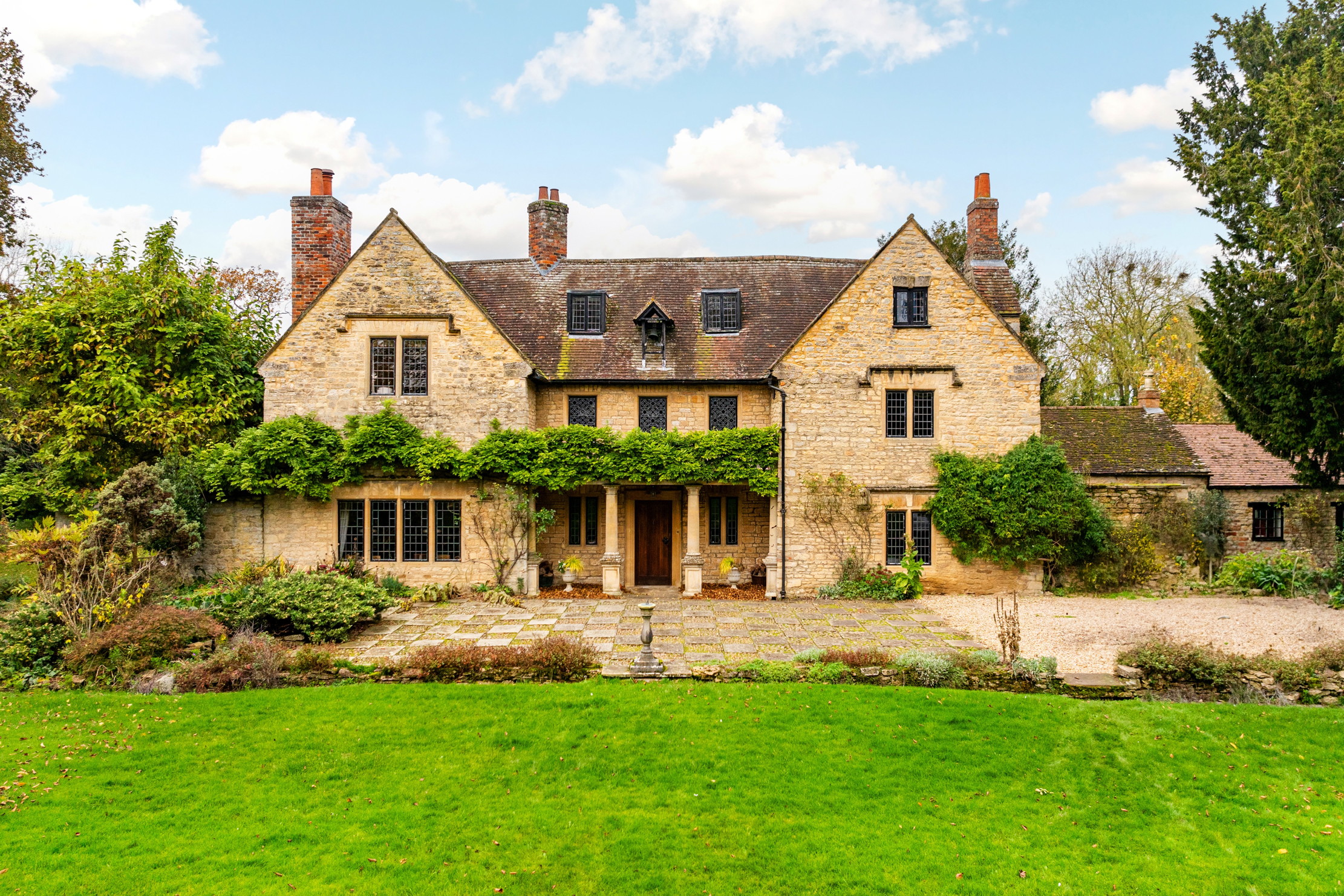 A seven bedroom Buckinghamshire rectory that might be a little haunted
A seven bedroom Buckinghamshire rectory that might be a little hauntedGrade II-listed the Old Rectory is a home of astounding charm and beauty, and comes with a friendly visitor.
-
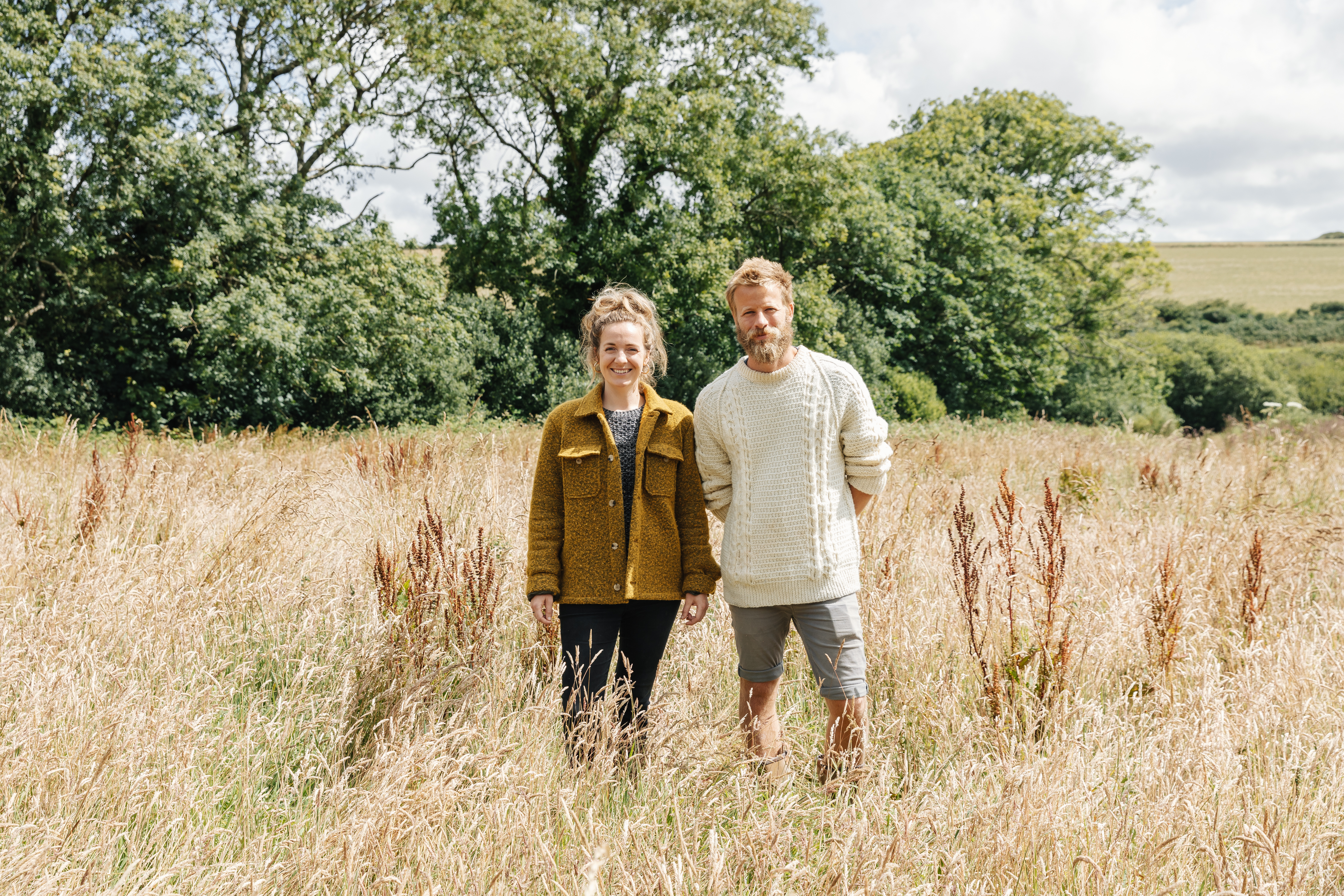 The young British flower farmers championing sustainable growing
The young British flower farmers championing sustainable growingFlower growing is hard work, but the rewards — including minimising Britain’s huge flower importing carbon footprint — far outweigh the negatives, say three young growers.
-
 Sir David Attenborough: 'The next 100 years could either witness a mass extinction of ocean life or a spectacular recovery'
Sir David Attenborough: 'The next 100 years could either witness a mass extinction of ocean life or a spectacular recovery'Sir David Attenborough has co-authored a book and narrated a new film to mark his 99th birthday.
-
 ‘Greece — it’s eternal and makes me feel ancient and youthful at the same time’: Isabel Ettedgui’s Consuming Passions
‘Greece — it’s eternal and makes me feel ancient and youthful at the same time’: Isabel Ettedgui’s Consuming PassionsThe owner of Connolly reveals what she would take to a desert island and why she once waited four years to get a supper reservation.
-
 'It was like Fawlty Towers at first': How diversification keeps the country house standing
'It was like Fawlty Towers at first': How diversification keeps the country house standingFrom festivals and car shows, to spas and wedding venues, country house owners are getting creative to keep their estates alive.
-
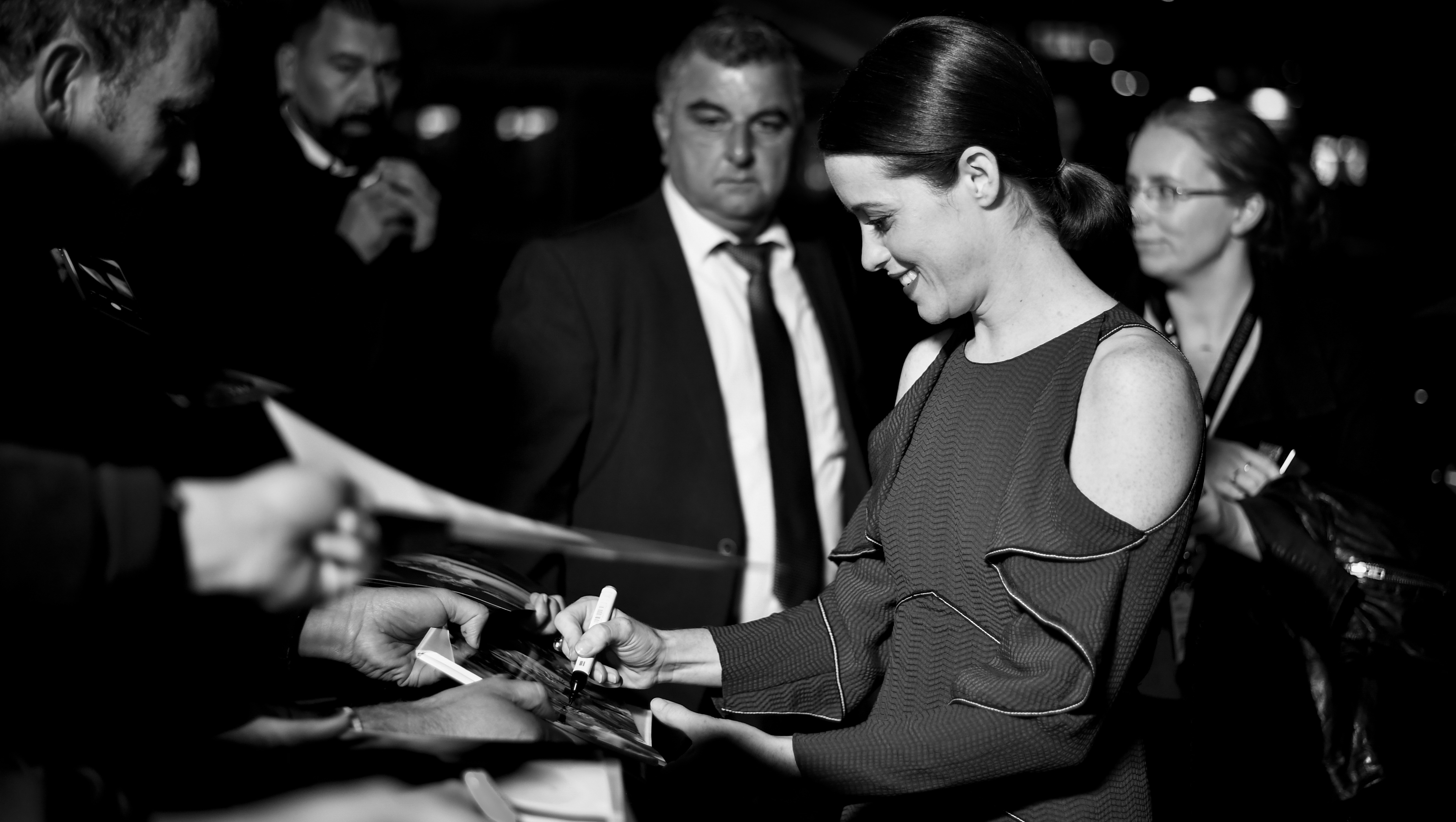 Sign of the times: In the age of the selfie, what’s happening to the humble autograph?
Sign of the times: In the age of the selfie, what’s happening to the humble autograph?When Ringo Starr announced that he was no longer going to sign anything, he kickstarted a celebrity movement that coincided with the advent of the camera phone and selfie. Rob Crossan asks whether, in today’s world, the selfie holds more clout than an autograph?
-
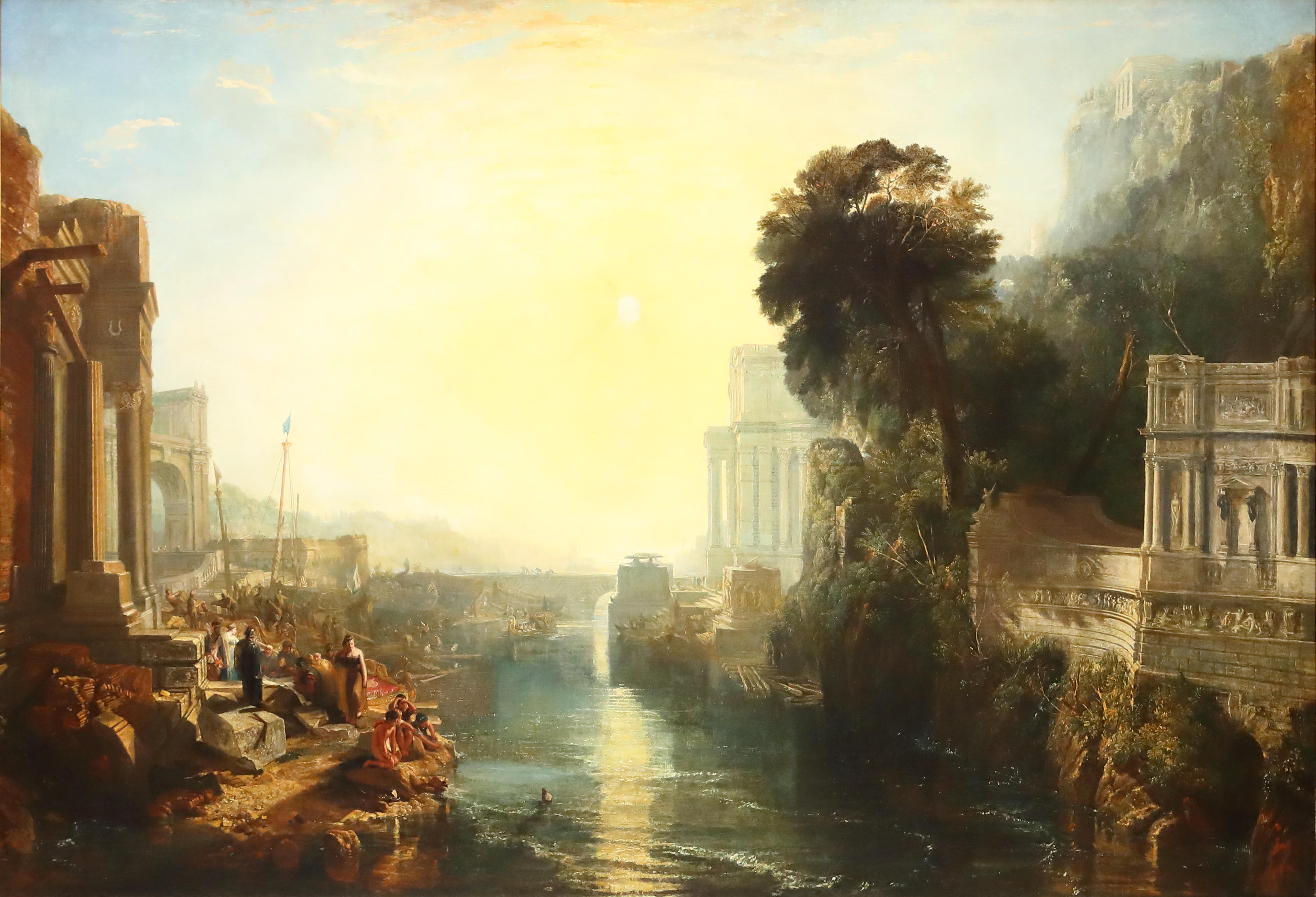 These are J. M. W Turner's 11 best paintings, as chosen by Britain's top curators, art historians and creative minds
These are J. M. W Turner's 11 best paintings, as chosen by Britain's top curators, art historians and creative mindsCold moonlight, golden sunset and shimmering waters are only three reasons to love Turner. On the 250th anniversary of his birth, curators, art historians and other creative minds reveal which of his paintings they’d hang on their walls and why.
-
 Boxy but foxy: How the humble Fiat Panda became motoring's least-likely design classic
Boxy but foxy: How the humble Fiat Panda became motoring's least-likely design classicGianni Agnelli's Fiat Panda 4x4 Trekking is currently for sale with RM Sotheby's.
-
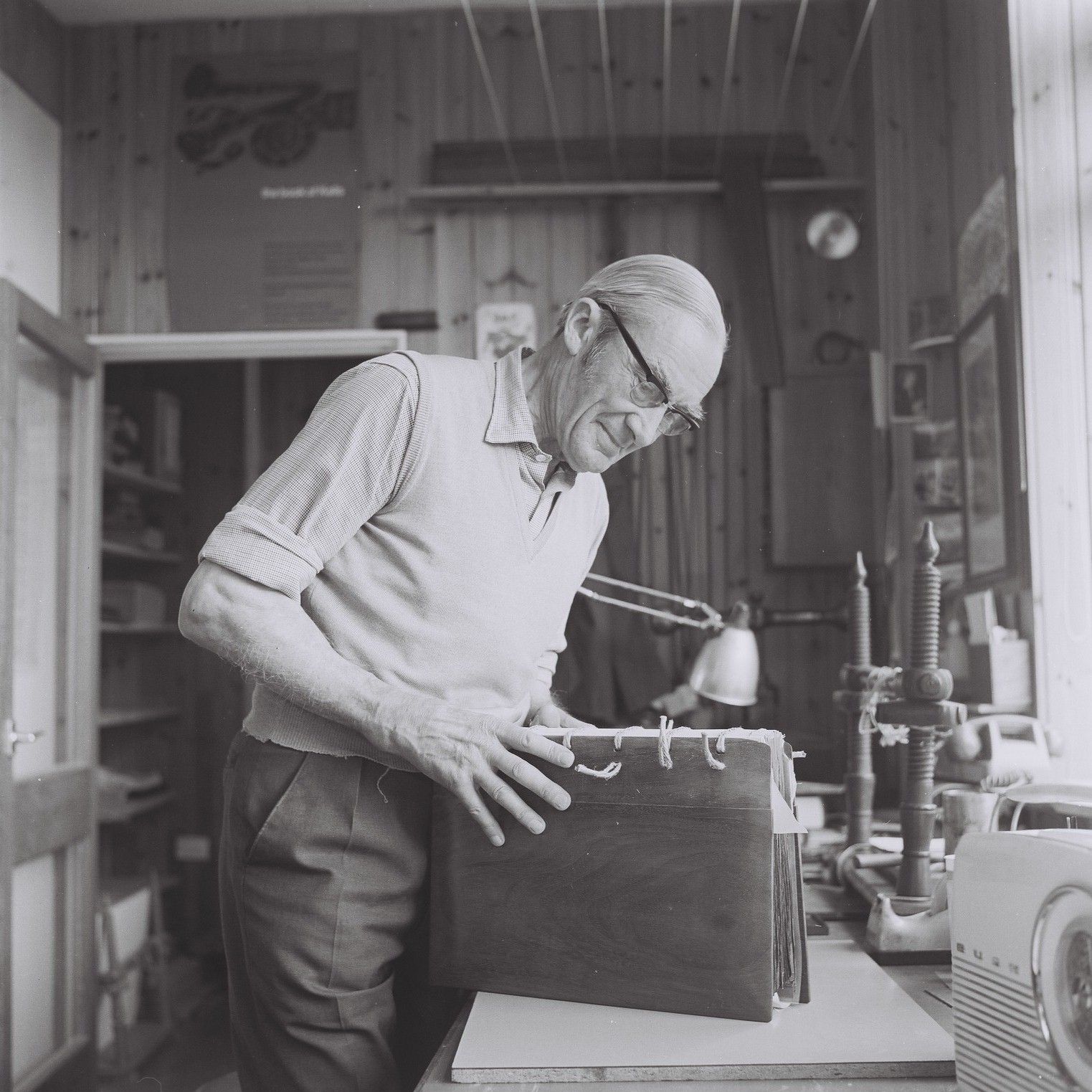 'To exist in this world relies on the hands of others': Roger Powell and modern British bookbinding
'To exist in this world relies on the hands of others': Roger Powell and modern British bookbindingAn exhibition on the legendary bookbinder Roger Powell reveals not only his great skill, but serves to reconnect us with the joy, power and importance of real craftsmanship.